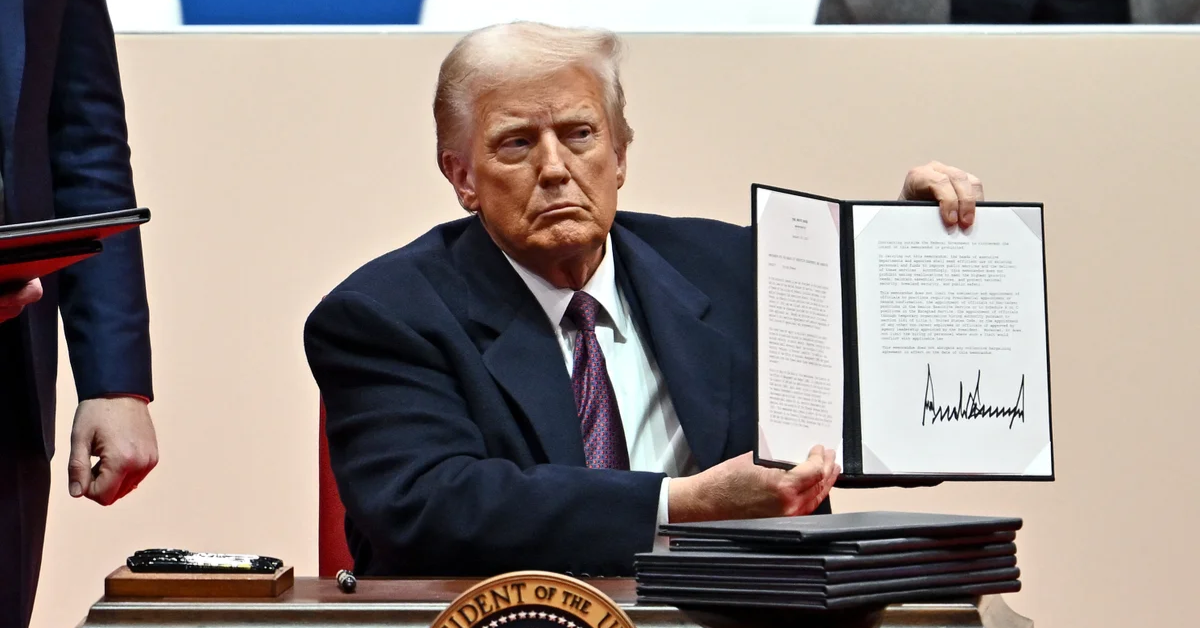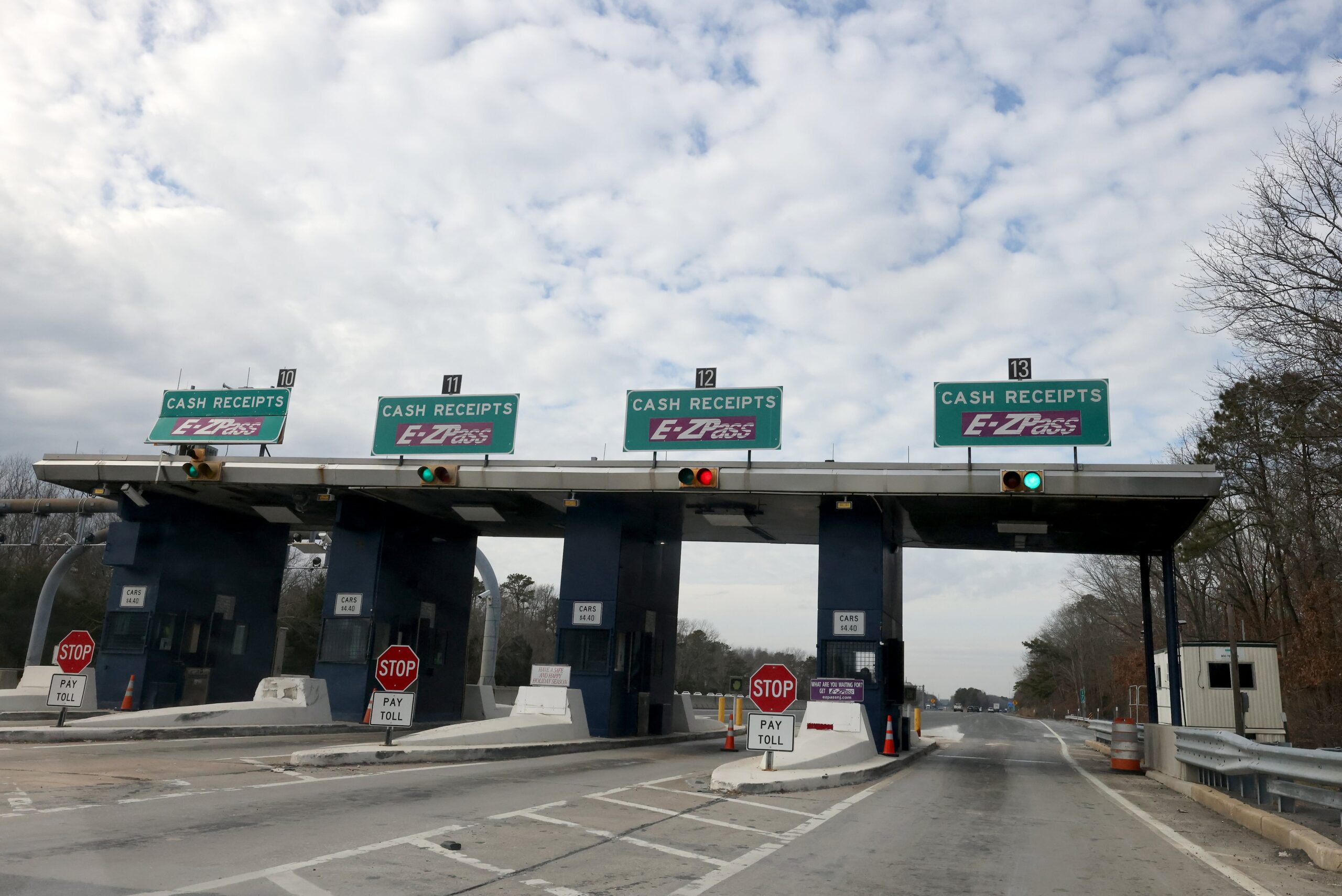Fox Business correspondent Charlie Gasparino recently shared a critical assessment of President Donald Trump’s trade strategy, warning that it is about to face a significant challenge. In a post on X (formerly Twitter), Gasparino explained why the Trump administration’s current trade tactics could soon face serious difficulties, particularly as the trade war with China intensifies.
Gasparino believes the Trump trade strategy is approaching a “do-or-die moment” where its weaknesses may soon be exposed. According to him, the strategy’s core flaw lies in its attempt to engage the global economy while focusing primarily on China. He argues that the administration’s aggressive stance against international trade partners may hurt America’s long-term position in the worldwide market.
“The Trump trade strategy faces its ultimate test,” Gasparino wrote. “Its weakness may soon be exposed as we gird for an all-out trade war with China while trying to convince the world now to join us.”
A Self-Inflicted Dilemma
Gasparino’s analysis emphasises the challenges the Trump administration faces in its trade policy. He argues that the U.S. put itself in a difficult position by taking a confrontational approach to the world’s biggest economies. The decision to “shoot first” at global trade partners and then focus specifically on China left the U.S. in a position where it needs the help of these same partners to confront China effectively. Gasparino calls this a “self-inflicted spot” and suggests that it is creating unnecessary complications.
He further notes that the Trump administration’s strategy, while bold, could soon backfire. By targeting global partners, including the European Union, Canada, and Mexico, the U.S. risks alienating key allies who might otherwise have been supportive in efforts to confront China’s trade practices. In short, Gasparino warns that the Trump administration’s strategy could leave America isolated, with fewer friends to help fight its battles on the international stage.
The Need for Concessions
Looking ahead, Gasparino predicts that the Trump administration will face mounting pressure to make concessions in order to salvage its trade strategy. In particular, he points to the possibility of the U.S. striking “half-ass deals” with countries like the European Union, Canada, and Mexico. However, he stresses that these deals would be difficult and far from ideal.
Gasparino’s comments also shed light on the broader implications of Trump’s trade policies. He suggests that the administration’s approach to China has left the U.S. with few options for resolving its economic disagreements without making significant compromises. While he acknowledges the damage caused by China’s financial practices, Gasparino argues that the administration’s aggressive posture toward other nations may have weakened its ability to make meaningful progress.
“[Treasury Secretary Scott] Bessent may wiggle out of this by cutting half-ass deals with the EU, Canada, and Mexico, but it won’t be easy or pretty,” he warned. “And it was so avoidable.”
A Trade War with China
The ongoing trade war with China has been a central focus of President Trump’s economic policy. While the administration’s initial approach was aggressive, it has increasingly become clear that China’s economic power and control over its markets pose significant challenges for the U.S. Gasparino notes that China operates as a command-and-control economy, which allows it to use public markets to further its national interests. This stands in stark contrast to free-market economies like Canada, the EU, and Israel, which do not leverage their economies in the same way.
Gasparino’s analysis highlights that while China’s economic behaviour is concerning, the U.S. may have made a strategic misstep by focusing its trade policies too heavily on China at the expense of its relationships with other global economic powers. The risk now is that the Trump administration’s confrontational approach could lead to unintended consequences for the U.S. economy.
The Path Forward
As the trade war with China intensifies, it remains to be seen whether the Trump administration can pivot and find a way to repair its relationships with key trading partners. For now, the U.S. faces a delicate balancing act: trying to keep China in check while also maintaining the support of the global trading community.
Gasparino’s warning should serve as a reminder that no trade strategy is without its risks. The Trump administration may have to adjust its approach in the coming months to avoid further isolation on the world stage. While the U.S. may be able to negotiate some limited deals with countries like Canada and the EU, the road ahead remains uncertain.
As the situation unfolds, it will be critical for the Trump administration to evaluate its economic strategy carefully. The trade war with China is not just a test of the U.S. economy but a test of the Trump administration’s ability to navigate complex international relationships without further alienating important global players. Only time will tell whether this strategy will ultimately succeed or whether its weaknesses will come to the forefront.
Disclaimer: This article has been meticulously fact-checked by our team to ensure accuracy and uphold transparency. We strive to deliver trustworthy and dependable content to our readers.








